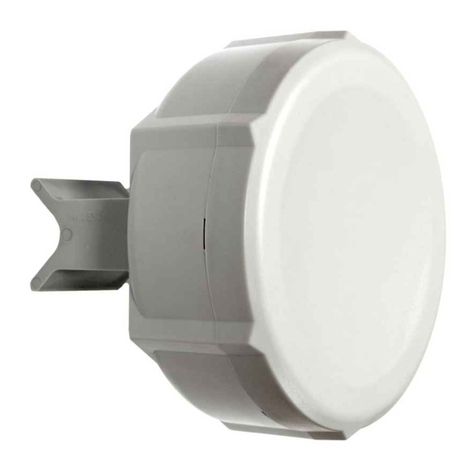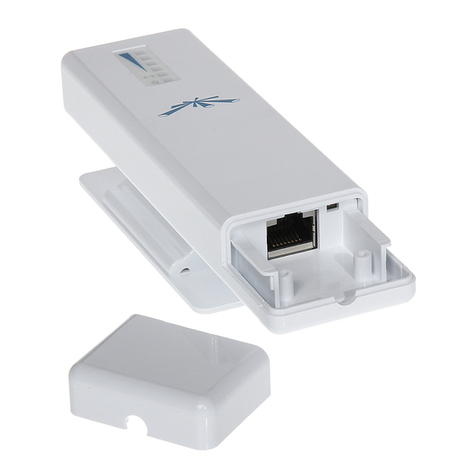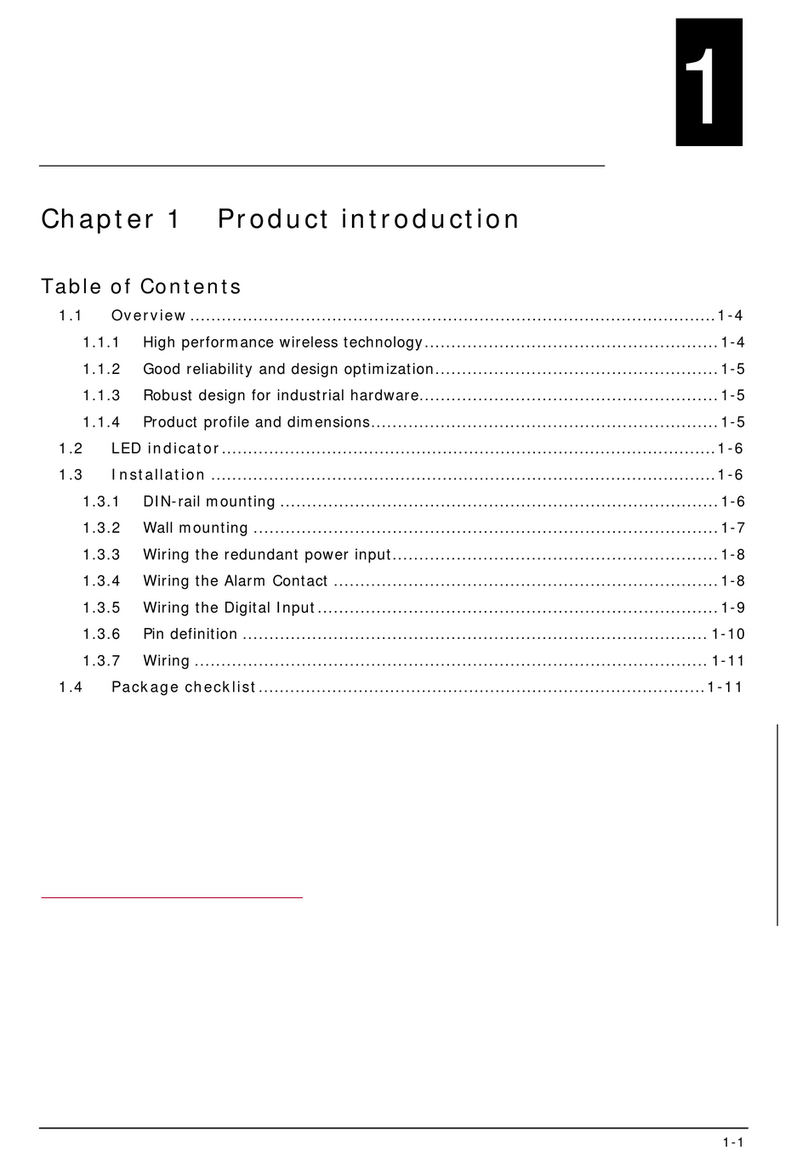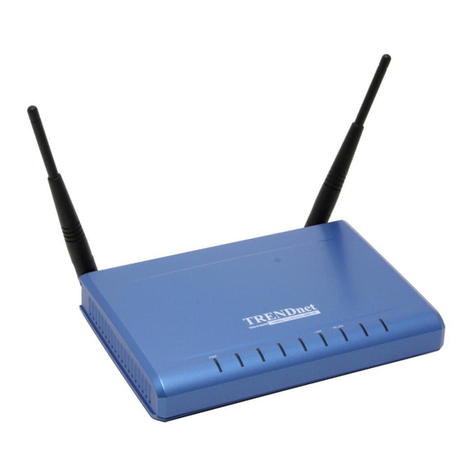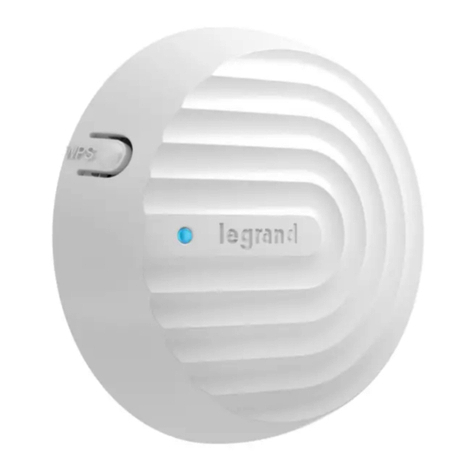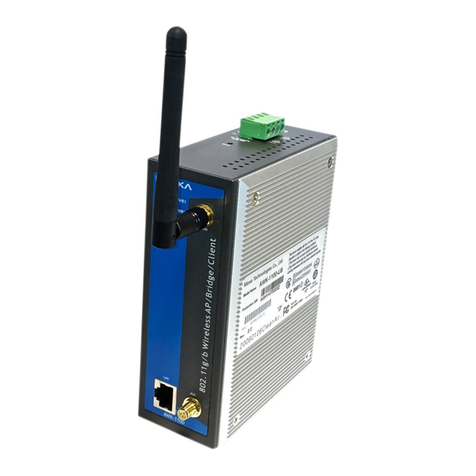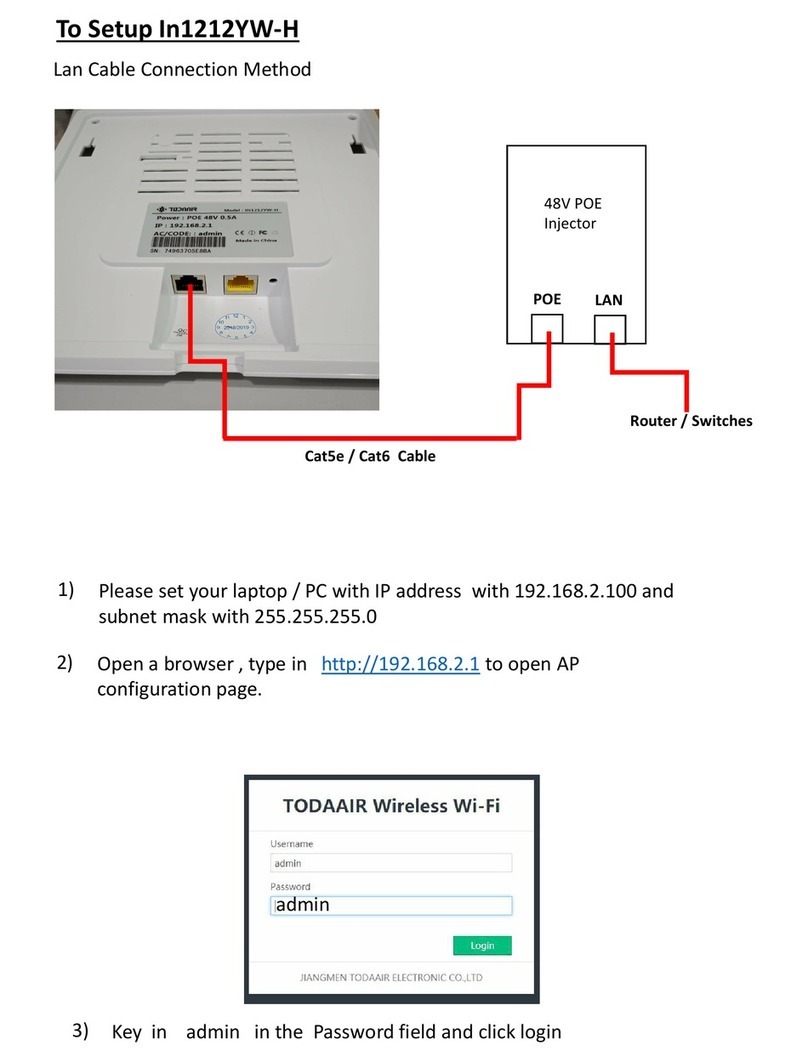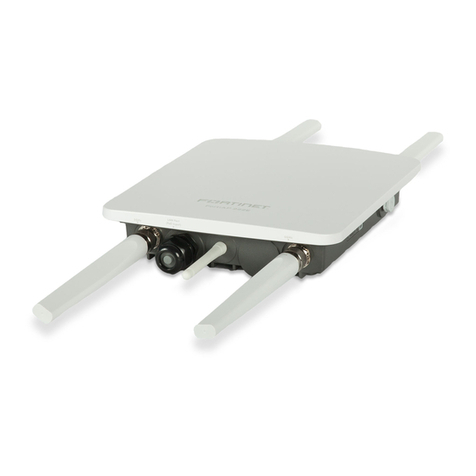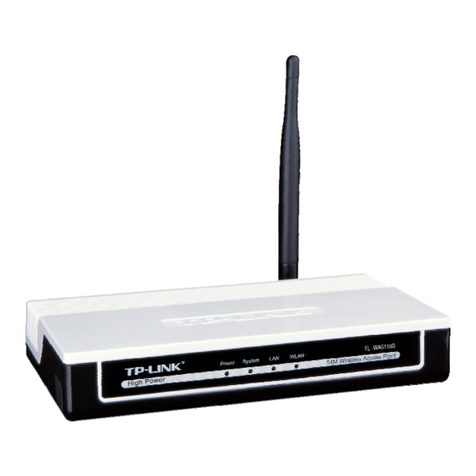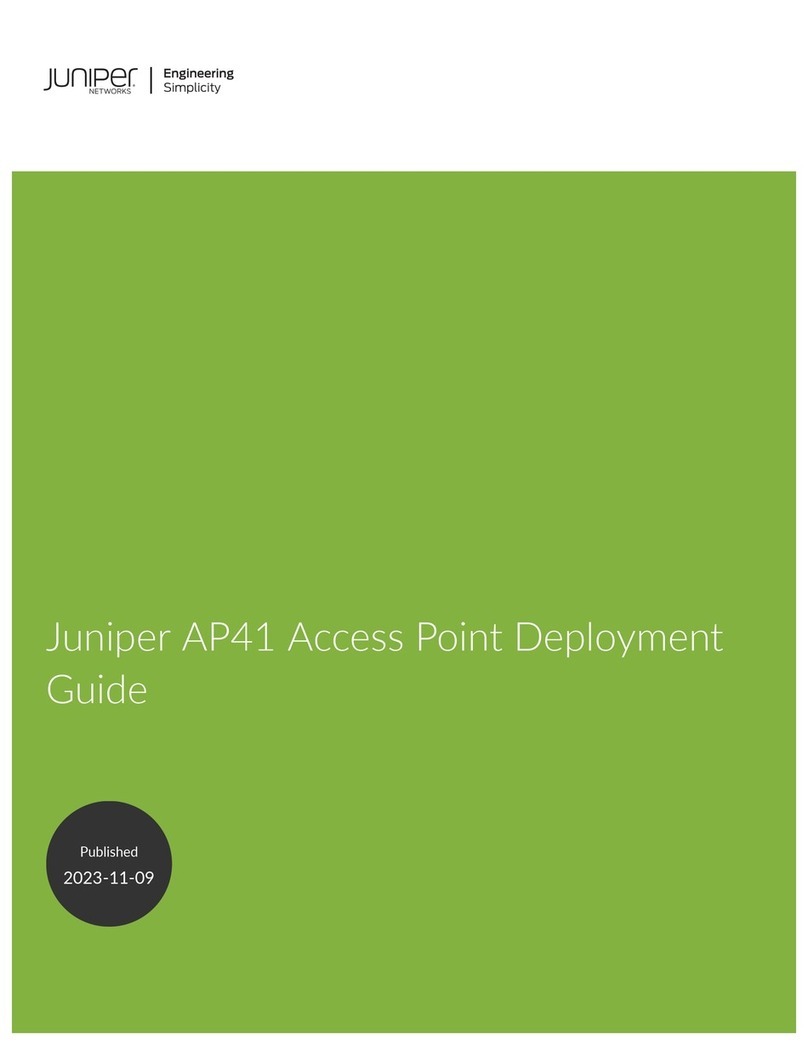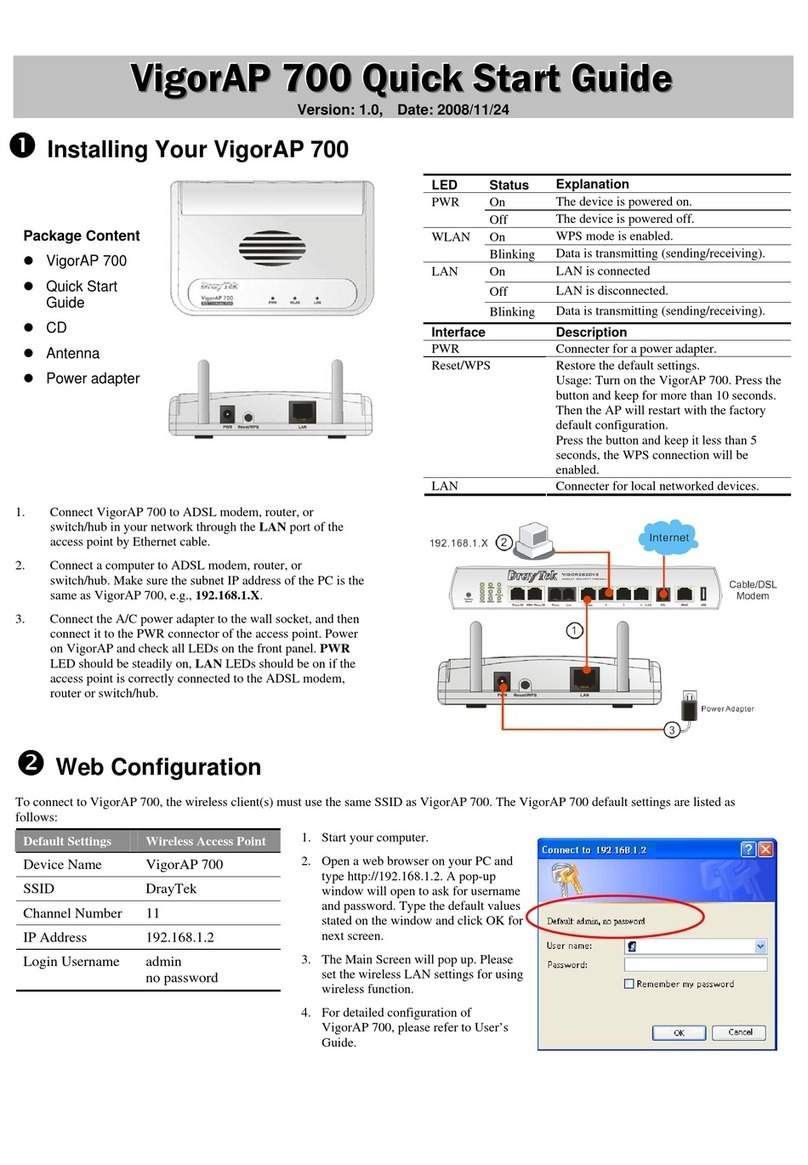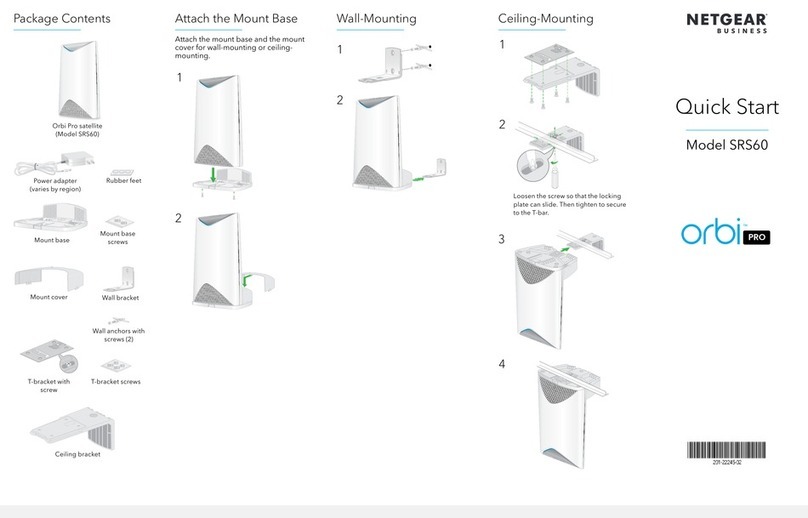Delta DVW SERIES User manual


i
DVW Series Industrial IEEE 802.11 a/b/g/n
Wireless AP/WDS/Client/Gateway
User Manual
Contents
Chapter 1 Introduction
1.1 Feature...............................................................................................1-4
1.1.1 High Performance Network Technology......................................1-4
1.1.2 Industrial Grade Reliability..........................................................1-4
1.1.3 Robust Design ............................................................................1-4
1.1.4 Front Panel Ports and LEDs .......................................................1-5
1.1.5 Below Panel................................................................................1-6
1.2 Antenna Installation............................................................................1-7
1.2.1 Package Checklist ......................................................................1-7
Chapter 2 User Interface Introduction
2.1 USB Console Configuration ...............................................................2-2
2.2 Telnet Console Configuration.............................................................2-7
2.3 Web Browser Configuration ...............................................................2-8
Chapter 3 Featured Functions
3.1 System...............................................................................................3-3
3.1.1 System Information.....................................................................3-3
3.1.2 System CPU Status.....................................................................3-3
3.2 Basic Configuration............................................................................3-4
3.2.1 System Information Configuration...............................................3-4
3.2.2 Network Configuration.................................................................3-4
3.2.3 Time Configuration......................................................................3-7
3.2.3.1 Local Time Configuration.....................................................3-7
3.2.3.2 NTP Server Configuration....................................................3-8
3.3 Serial Configuration............................................................................3-8
3.3.1 Operation Configuration..............................................................3-8
3.3.1.1 MODBUS ASCII/RTU Slave ................................................3-9
3.3.1.2 MODBUS ASCII/RTU Master ............................................3-11
3.3.1.3 TCP Server Mode..............................................................3-13

ii
3.3.1.4 TCP Client Mode................................................................3-16
3.3.1.5 Virtual COM Mode .............................................................3-20
3.3.1.6 UDP Mode.........................................................................3-24
3.3.1.7 Pair Connection Mode .......................................................3-27
3.3.2 Port Configuration.....................................................................3-28
3.3.3 MODBUS Cache Table.............................................................3-29
3.4 WLAN Manager................................................................................3-32
3.4.1 Operation Mode ........................................................................3-32
3.4.2 WLAN........................................................................................3-35
3.4.2.1 Basic Wireless Configuration.............................................3-35
3.4.2.2 Advanced Wireless Configuration......................................3-43
3.5 Advanced.........................................................................................3-45
3.5.1 VLAN Configuration ..................................................................3-45
3.5.2 Packet Control ..........................................................................3-46
3.5.3 Filter Configuration....................................................................3-47
3.5.4 MAC Filters...............................................................................3-48
3.5.4.1 IP Protocol Filters...............................................................3-48
3.5.4.2 TCP/UDP Port Filters.........................................................3-49
3.5.5 RSTP Configuration..................................................................3-50
3.5.6 SNMP Configuration .................................................................3-51
3.5.7 Storm Control............................................................................3-53
3.6 Auto Warning Settings .....................................................................3-53
3.6.1 SysLog......................................................................................3-53
3.6.1.1 Syslog Event Types...........................................................3-54
3.6.1.2 Syslog Server Configuration..............................................3-54
3.6.2 E-mail Alarm .............................................................................3-55
3.6.2.1 E-mail Event Types............................................................3-55
3.6.2.2 E-mail Server Configuration...............................................3-56
3.6.3 Relay Alarm ..............................................................................3-56
3.6.3.1 Relay Event Types.............................................................3-57
3.6.4 SNMP Trap...............................................................................3-57
3.6.4.1 Trap Event Types...............................................................3-58
3.6.4.2 SNMP Trap Receiver Settings...........................................3-58
3.7 Monitoring Settings ..........................................................................3-59
3.7.1 Email Alarm Table.....................................................................3-59
3.7.2 Relay Alarm Table ....................................................................3-59
3.7.3 Trap Alarm Table ......................................................................3-60
3.7.4 System Log...............................................................................3-60

iii
3.7.5 Network Connection Status.......................................................3-61
3.7.6 AP Client List ............................................................................3-61
3.7.7 DHCP Client List.......................................................................3-61
3.7.8 Serial Port State........................................................................3-61
3.7.9 Serial Port Statistics..................................................................3-62
3.7.10 Serial Port Error........................................................................3-62
3.7.11 Serial Port Log..........................................................................3-62
3.8 Management Access........................................................................3-62
3.8.1 SSH Configuration ....................................................................3-63
3.8.2 Telnet Configuration..................................................................3-63
3.9 Maintenance.....................................................................................3-63
3.9.1 Password..................................................................................3-64
3.9.2 Ping...........................................................................................3-64
3.9.3 Firmware Upgrade ....................................................................3-64
3.9.4 Log Export.................................................................................3-65
3.9.5 Config Import Export.................................................................3-65
3.9.6 Reset to Default ........................................................................3-65
3.9.7 Reboot ......................................................................................3-65
3.9.8 Logout.......................................................................................3-66
Chapter 4 IEXplorer Utility Introduction
4.1 Starting the Configuration...................................................................4-2
4.1.1 Device.........................................................................................4-3
4.1.1.1 Search .................................................................................4-4
4.1.1.2 Virtual COM .........................................................................4-4
4.1.2 Settings.......................................................................................4-5
4.1.2.1 Device Configuration............................................................4-6
4.1.2.2 Configuration Web Page......................................................4-8
4.1.3 Tools............................................................................................4-9
4.1.3.1 Parameter Import.................................................................4-9
4.1.3.2 Parameter Export...............................................................4-10
4.1.3.3 Device Reboot ...................................................................4-10
4.1.3.4 Update Firmware ...............................................................4-11
4.1.4 Help...........................................................................................4-11
Appendix A Private MIB Group
A.1 Private MIB Group............................................................................. A-2

v

Chapter 1 Introduction
Table of Contents
1.1 Feature ................................................................................................. 1-4
1.1.1 High Performance Network Technology......................................... 1-4
1.1.2 Industrial Grade Reliability............................................................. 1-4
1.1.3 Robust Design............................................................................... 1-4
1.1.4 Front Panel Ports and LEDs.......................................................... 1-5
1.1.5 Below Panel................................................................................... 1-6
1.2 Antenna Installation .............................................................................. 1-7
1.2.1 Package Checklist......................................................................... 1-7
1-1

DVW Series Industrial IEEE 802.11 a/b/g/n Wireless AP/WDS/Client/Gateway User Manual
About This Manual
The user manual is suitable for DVW-W02W2-E2 and DVW-W02W2-E2-CN. Owing to the limitation
of the radio frequency policy, if you need to use the Delta DVW series products in China areas,
please refer to the model name DVW-W02W2-E2-CN on the Delta website, or contact our branch
offices or distributors.
Federal Communication Commission Interference Statement
This equipment has been tested and found to comply with the limits for a Class A digital device,
pursuant to Part 15 of the FCC Rules. These limits are designed to provide reasonable protection
against harmful interference in a residential installation. This equipment generates, uses and can
radiate radio frequency energy and, if not installed and used in accordance with the instructions,
may cause harmful interference to radio communications. However, there is no guarantee that
interference will not occur in a particular installation. If this equipment does cause harmful
interference to radio or television reception, which can be determined by turning the equipment off
and on, the user is encouraged to try to correct the interference by one of the following measures:
- Reorient or relocate the receiving antenna.
- Increase the separation between the equipment and receiver.
- Connect the equipment into an outlet on a circuit different from that to which the receiver is
connected.
- Consult the dealer or an experienced radio/TV technician for help.
FCC Caution:Any changes or modifications not expressly approved by the party responsible for
compliance could void the user's authority to operate this equipment.
This device complies with Part 15 of the FCC Rules. Operation is subject to the following two
conditions: (1) This device may not cause harmful interference, and (2) this device must accept any
interference received, including interference that may cause undesired operation.
Operations in the 5.15-5.25GHz band are restricted to indoor usage only.
This transmitter must not be co-located or operating in conjunction with any other antenna or
transmitter.
Radiation Exposure Statement:
This equipment complies with FCC radiation exposure limits set forth for an uncontrolled
environment. This equipment should be installed and operated with minimum distance 20cm
1-2

Chapter 1 Introduction
between the radiator & your body.
Country Code selection feature to be disabled for products marketed to the US/CANADA.
The equipment intended be used in telecommunication center.
CE Declaration of Conformity
The DVW series switches are CE certificated products, they could use in any kind of the
environments under CE environment specification. For keeping more safe application, we strongly
suggest to use the CE-compliant industrial enclosure products.
NCC 警語
電磁波曝露量 MPE 標準值(MPE) 1mW/cm2,送測產品實值為 0.065mW/cm2
經型式認證合格之低功率射頻電機,非經許可,公司,商號或使用者均不得擅自變更頻率、加大功率
或變更原設計之特性及功能。
低功率射頻電機之使用不得影響飛航安全及干擾合法通信;經發現有干擾現象時,應立即停用,並改
善至無干擾時方得繼續使用。
前項合法通信,指依電信法規定作業之無線電通信。 低功率射頻電機須忍受合法通信或工業、科學
及醫療用電波輻射性電機設備之干擾。
無線傳輸設備 (UNII)
在5.25-5.35 秭赫頻帶內操作之無線資訊傳輸設備,限於室內使用。
無線資訊傳輸設備忍受合法通信之干擾且不得干擾合法通信;如造成干擾,應立即停用,俟無干擾之
虞,始得繼續使用。
無線資訊傳設備的製造廠商應確保頻率穩定性,如依製造廠商使用手冊上所述正常操作,發射的信號
應維持於操作頻帶中。
1-3

DVW Series Industrial IEEE 802.11 a/b/g/n Wireless AP/WDS/Client/Gateway User Manual
1.1 Feature
Thank you for purchasing the DVW Industrial WirelessAP/WDS/Client/Gateway. The DVW series
wireless devices are equipped with the intelligent alarm function, and allow the wide range of
operating temperature (-40 to 75℃). The DVW series devices are designed to support the
application in any rugged environment and comply with UL, CE and FCC standards.
1.1.1 High Performance Network Technology
10/100/1000Base-TX
Auto negotiation speed
Auto MDI/MDI-X
802.11a/b/g/n, up to 450 Mbps
1.1.2 Industrial Grade Reliability
Redundant dual DC power inputs
1 set of Digital Input
1 set of Relay Alarm
1.1.3 Robust Design
Operating temperature: -40~75℃
Storage temperature: -40~85℃
Humidity: 5%~95% (non-condensing)
Protection: IP40
1-4

Chapter 1 Introduction
1-5
1.1.4 Front Panel Ports and LEDs
Reset Button
RJ45 Ports
Antenna
Serial Ports
USB Console Port
PWR LED
Status LED
DI LED
COM TX/RX LED
Terminal Resistor

DVW Series Industrial IEEE 802.11 a/b/g/n Wireless AP/WDS/Client/Gateway User Manual
1-6
1.1.5 Below Panel
Grounding
Screw
PWR Ports
DI
Port DO
Port

Chapter 1 Introduction
1.2 Antenna Installation
Please connect 3 antennas to the DVW device. You can adjust the direction or angle of the
antennas if the wireless signal is unstable.
1.2.1 Package Checklist
One Delta DVW WirelessAP/WDS/Client Gateway
Omni-directional Antenna x3
Wall mounting Plate x1
USB Type A to Type B console cable x1
User manual and software CD
Instruction Sheet
1-7

DVW Series Industrial IEEE 802.11 a/b/g/n Wireless AP/WDS/Client/Gateway User Manual
1-8
MEMO

Chapter 2 User Interface Introduction
Table of Contents
2.1 USB Console Configuration........................................................... 2-2
2.2 Telnet Console Configuration......................................................... 2-7
2.3 Web Browser Configuration........................................................... 2-8
2-1

DVW Series Industrial IEEE 802.11 a/b/g/n Wireless AP/WDS/Client/Gateway User Manual
2.1 USB Console Configuration
Delta DVW devices supports configuration using CLI interface, it mainly includes six parts:
1. Exit (Exit this CLI session)
2. Maintenance (some utility commands for maintenance related details)
load_default
3. network_setting (some utility commands for network details)
get_dns get_gateway get_ip_address
get_ip_configuration get_subnet_mask set_dns
set_gateway set_ip_address set_ip_configuration
set_subnet_mask view_setting
4. restart (restart the device)
5. system_info_setting (some utility commands for system information related details)
get_device_contact_info get_device_description get_device_location
get_device_name set_device_contact_info set_device_decription
set_device_location set_device_name view_setting
6. time_setting (some utility commands for time related details)
get_local_time get_timeserver1 get_timeserver2
get_timezone set_local_time set_timeserver1
set_timeserver2 set_timezone view_setting
You can use terminal software to connect to Delta DVW devices. Before you use CLI interface,
please plug USB cable on USB port with baud rate 115200. The inactivity timeout value on a serial
port connection can be configured between 0 and 160 minutes. (Value 0: disable the timeout.)
2-2

Chapter 2 User Interface Introduction
Below is an example to show you how to set the device name.
1. Open terminal software, and select an appropriate COM port for Console Connection, 115200
for Baud Rate, 8for Data Bits, None for Parity, and 1for Stop Bits, None for Flow Control.
2. Type clash and then press Enter.
2-3

DVW Series Industrial IEEE 802.11 a/b/g/n Wireless AP/WDS/Client/Gateway User Manual
3. Type system_info_setting and then press Enter.
PS. You can make full by use TAB to complete the command that you want to type.
4. Type set_device_name and the new device name, such as “test”, and then press Enter.
2-4

Chapter 2 User Interface Introduction
5. The device name had changed to “test”, you can use “get_device_name” to see it.
6. Type exit to exit this CLI session.
2-5

DVW Series Industrial IEEE 802.11 a/b/g/n Wireless AP/WDS/Client/Gateway User Manual
7. Sometimes if you don’t know how to use the command (such as what does this command mean,
or how to set the parameter in right format, etc), you can type “?” to see the help information.
For example, if you want to set the local time to 2014/02/27 10:11:30, you may know type
time_setting and then type set_local_time, but the next? How should I input the time? You can
type ?to see the help information.
Complete command: “time_setting set_local_time ?” (After you click “?”, the help information
will display.)
8. Finally, you had got to know type 10:11:30 27 02 2014
2-6
Table of contents
Other Delta Wireless Access Point manuals
Popular Wireless Access Point manuals by other brands
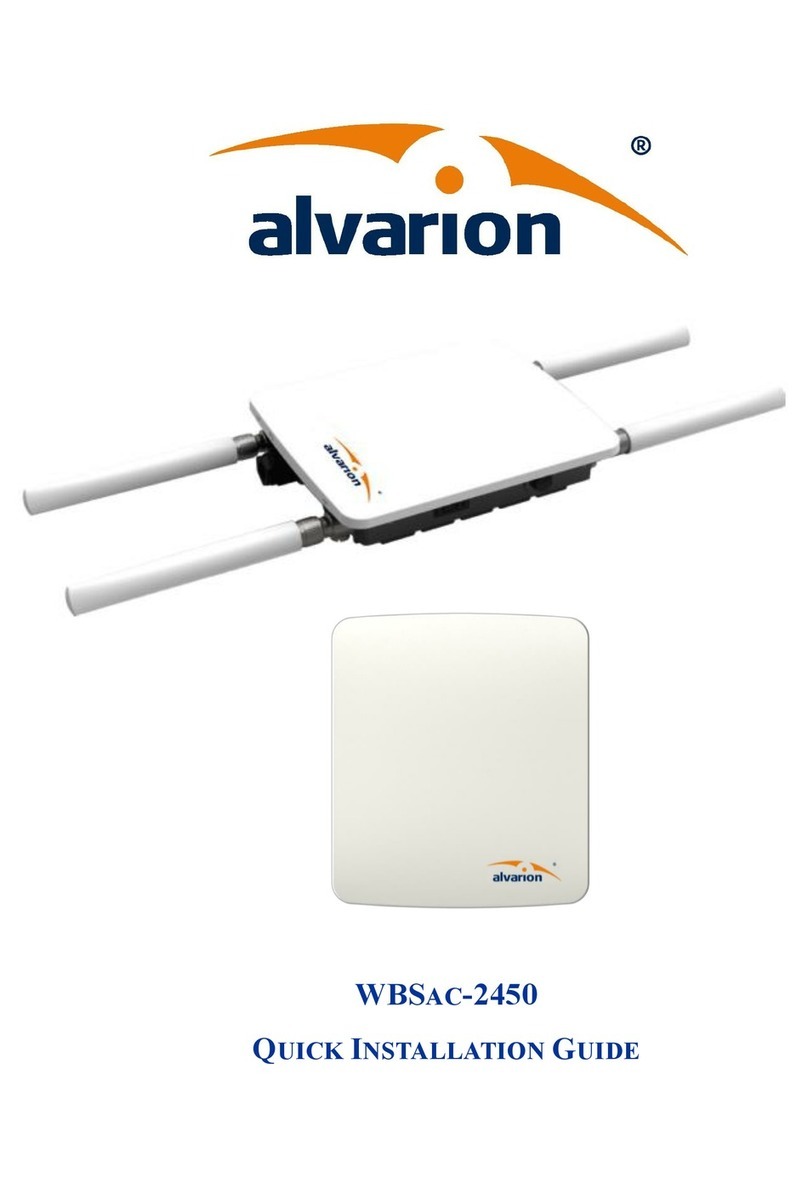
Alvarion
Alvarion WBSAC-2450 Quick installation guide
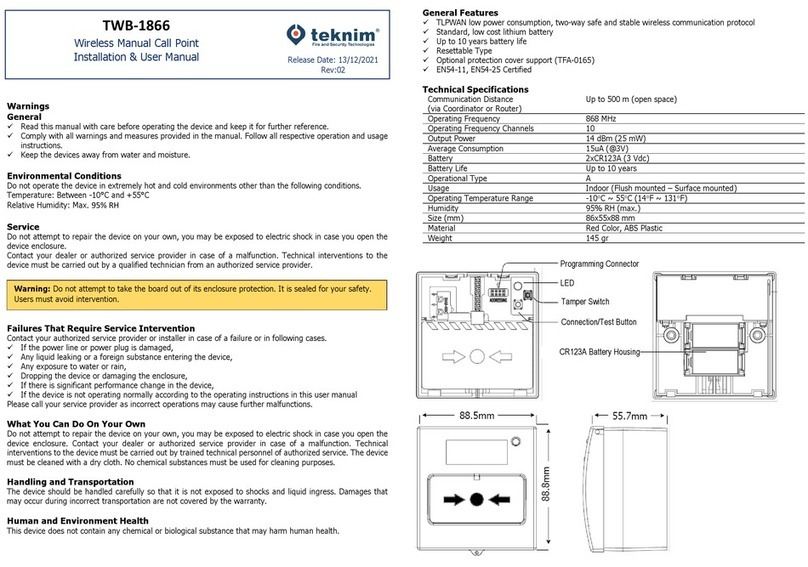
Teknim
Teknim TWB-1866 Installation & user manual
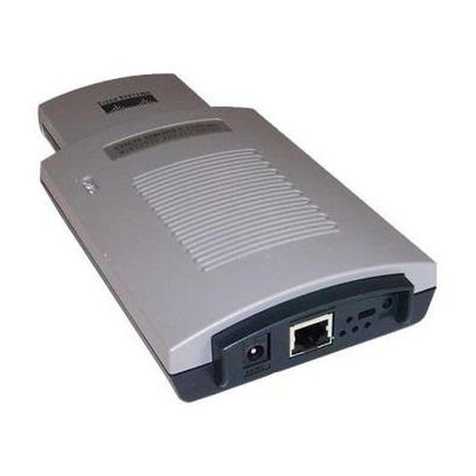
Cisco
Cisco Aironet 1100 Series Installation and configuration guide
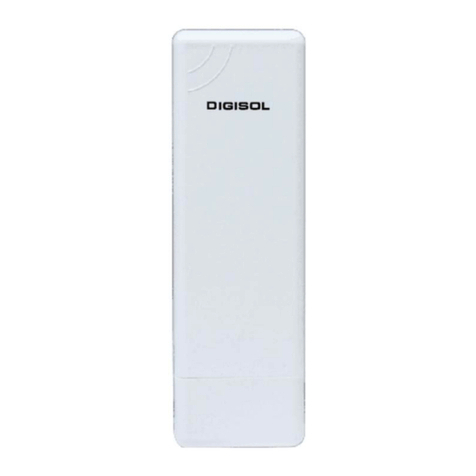
Digisol
Digisol DG-WA1102NPLV2 user manual

Alcatel-Lucent
Alcatel-Lucent OAW-RAP155 installation guide
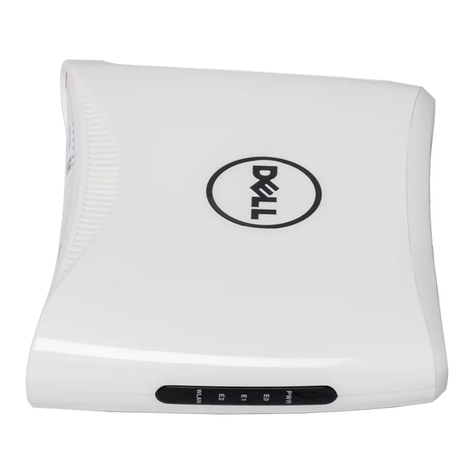
Dell
Dell PowerConnect W-IAP3WN user guide

